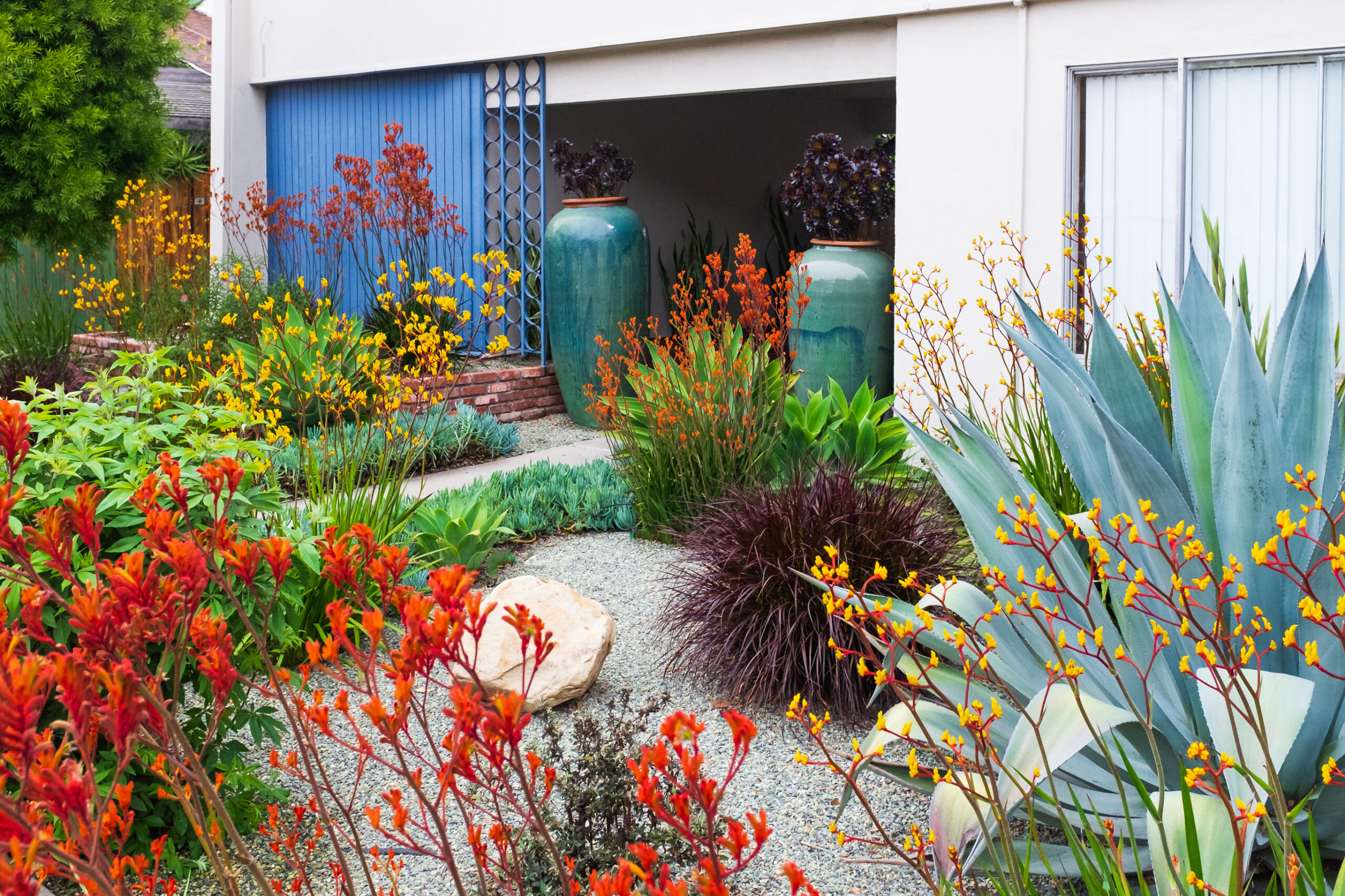
Retailers always need to find out what types of questions customers will ask. It’s best to be prepared, especially when selling plants. While most gardeners know the differences between annuals that die after one season or perennials that regrow year after year, they want to become more familiar with identifying plant categories by species. There are critical distinctions between native plants, cultivars, and nativars. Understanding these differences enables avid gardeners with a specific purpose to succeed.
Native Species help pollinators, one plant at a time
Gardeners know how extreme temperatures like droughts and cold snaps wreak havoc on climate-sensitive plants. However, weather conditions are factors beyond anyone’s control. Yet some plants are heartier than others and are resilient enough to withstand temperature fluctuations. Native plants have been studied by botanists for years and are essential to promote biodiversity and support a healthy ecosystem. Depending on the local region, these plants can thrive in shade, mud, high heat, and parched soil. Specific species grow naturally in particular areas of the country and co-exist beneficially with native wildlife, insects, and butterflies.
While Native Plants are often abundant in the wild, some species are not easily accessible for people who only prefer growing native gardens. The plants are often sold by native plant organizations, specialty growers, and even the National Wildlife Organization. While many garden centers also sell native plants, shoppers cannot identify them as native to the region. Taking an extra step to label the plants and communicate with consumers is a simple way to increase sales and attract native gardeners.
Cultivars are fancy and fun
Plants with vibrant colors and fancy names are prevalent in every season. Cultivars with names like Chantilly Cream or Bridal Sun Blaze will get customers’ attention. The terms are often trademarked due to the research and development required to bring the plants to market. Unlike native plants, cultivars are the result of human efforts. These “cultivated varieties” are developed to exhibit pleasing characteristics to gardeners. The blooms on flowers may be larger or smaller, shrubs may be more compact, or they may be less susceptible to disease. These plants are a hit with gardeners who want to beautify the garden by adding new or different plants and hybrid varieties.
Navitars offer something for everyone
Gardeners who want the best of both worlds may decide navitars are a smart choice. In 2008, Allan Armitage, professor emeritus at the University of Georgia, was the first person to use the term “Navitar to describe a cross between native plants and cultivars to avoid confusion. These plants are intentionally bred to enhance the unique characteristics of the original plants, between wild and native species and other navitars. Typically, they are a hybrid of two or more plants to form something new or incorporate a desirable wild plant trait. Gardeners are attracted to Navitars for their color, beauty, heartiness, and other unique qualities.
Retailers who operate garden centers or sell plants are always learning more about the category since it can change by the season. Customers also want more information to improve their gardening skills or to decide what products to buy for spring planting or fall harvest. It’s up to you to help them when they shop your business.




